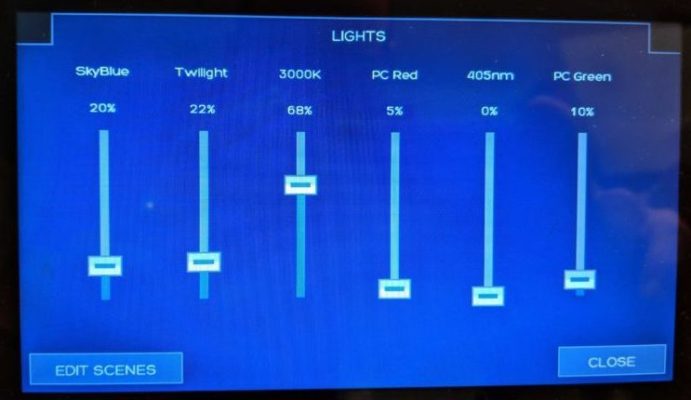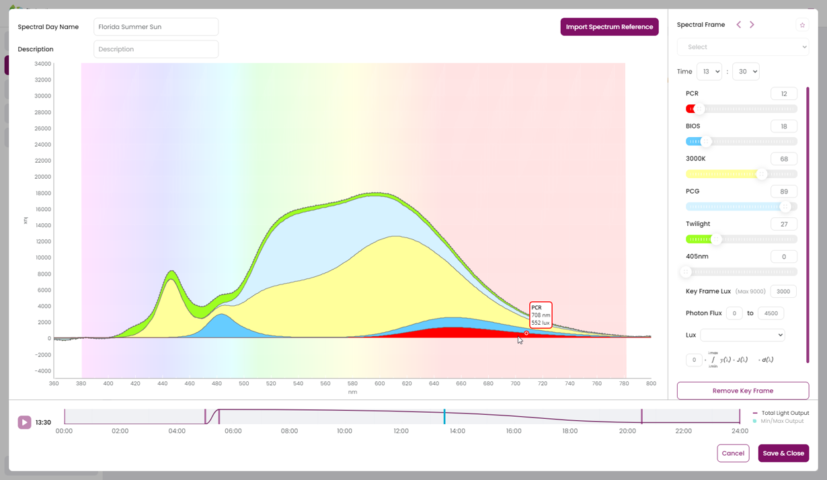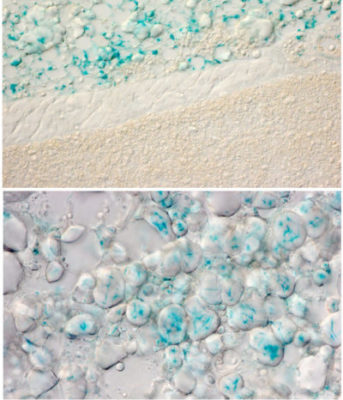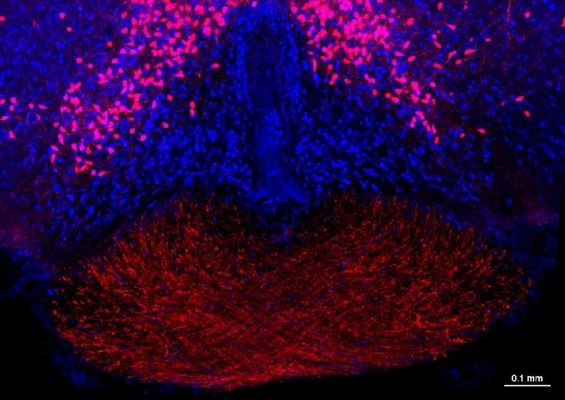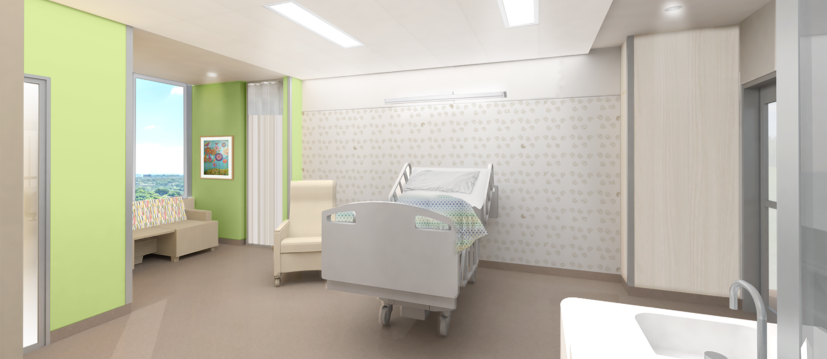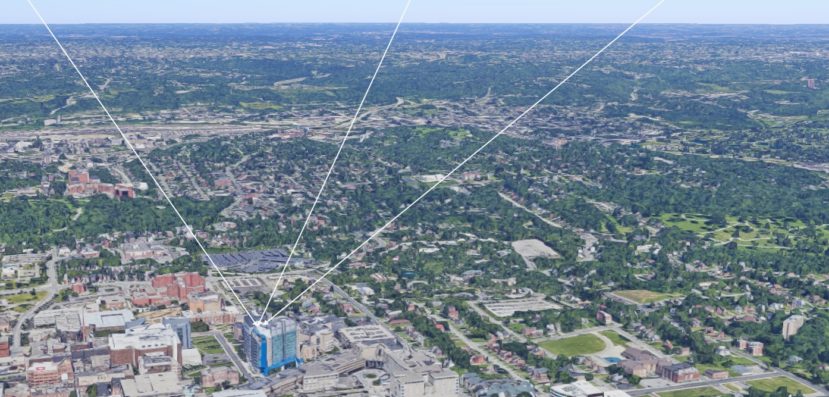Spectral Lighting: Novel Science Leads to Innovative NICU Design
Post Date: August 3, 2021 | Publish Date:


“We expect this first-of-its-kind application of spectral lighting will positively impact NICU patients for years to come.”
— James Greenberg, MD
Extremely preterm newborns represent one of the miracles of modern medical science.
The tiniest infant to survive the ordeal was born in San Diego in 2018 at just over 23 weeks gestational age and weighing a mere 8.6 ounces. That child spent five months in the hospital as caregivers nursed her up to a healthy weight of 5.6 pounds.
In 2018, fetal surgeons at Cincinnati Children’s operated at 17 weeks on a set of twins to correct the rare-but-often-fatal condition called twin-to-twin transfusion syndrome. The girls became the world’s most prematurely born twins when they were born in Iowa a few weeks later. They weighed 15.8 ounces and 1 pound 1.3 ounces, respectively, and spent the first four months of their lives in intensive care.
Every child born before 28 weeks of pregnancy is considered extremely premature. They all spend months in the hospital as teams work to help them reach a state closer to normal-term birth at 40 weeks. The most fortunate ones get to go home, where most grow up with a variety of chronic conditions, ranging from damaged eyesight to under-developed lungs and immune systems that make them prone to poor outcomes even when routine infections occur.
During those delicate days in the NICU, hospitals strive to maintain environments believed to mimic conditions in the womb: Sterile. Quiet. Dark.
Newer research, however, has challenged some long-held assumptions about what the developing fetus experiences in the womb. And now Cincinnati Children’s is investing in the world’s first full-spectrum NICU lighting system to put learnings from that new research into action.
The new lights will be part of the state-of-the-art NICU that will open this fall as part of Cincinnati Children’s eight-story, $600 million Critical Care Building.
The special fixtures, which themselves cost approximately $4 million to design, test and build, represent one of the boldest technical advances built into the new tower, says James Greenberg, MD, Co-Director of the Perinatal Institute at Cincinnati Children’s.
“The average length of stay in the NICU is long because the patient population is one that is developing dramatically from day to day,” says Greenberg. “Also, ICUs in general are challenging places for people of any age because there aren’t many windows and it’s difficult to distinguish between day and night.”
Only in recent years have scientists learned more about the importance of day-night circadian cycles for fetal development. Circadian biology impacts functions with our brains, eyes, fat, immune systems and other metabolic processes.
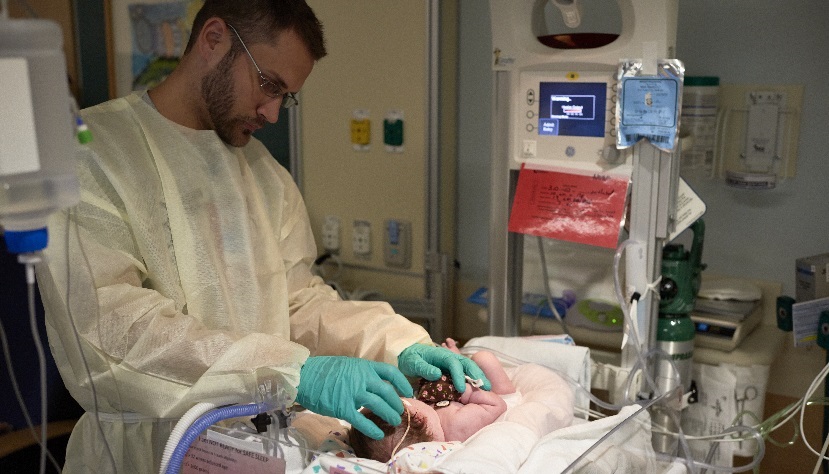
Richard Lang, PhD, Director of the Visual Systems Group at Cincinnati Children’s, has been working with colleagues for more than a decade to better understand the role natural sunlight plays in fetal development.
His team has revealed that specific wavelengths of light act as signals to trigger molecular processes during pregnancy.
In 2013, Lang led a team reporting in Nature that fetal light exposure affects development of the retina, a discovery that partially explains why so many preterm infants raised under the artificial lighting of a NICU do not experience normal eye development.
In 2015, another paper co-authored by Lang and published in PNAS revealed more detail about how light-sensing opsins interact with genes oscillating to circadian rhythms within the retina and cornea.
By this time, Lang says he was routinely advising pregnant women working at Cincinnati Children’s to get outside on a regular basis to allow their developing children to bask in full-spectrum sunlight.
In January 2020, in Cell Reports, Lang reported that light-sensing opsins within fat cells influence metabolism.
In September 2020, Lang’s team published again in Nature, reporting that opsins deep within the brain directly sense specific wavelengths of light that are found in sunlight but not in artificial lights.

These and other discoveries about the importance of circadian rhythms to human health sparked the idea for installing lights that could provide the full range of wavelengths found in natural sunlight.
Simply placing newborns closer to windows would not do the job, Lang says, because so many hospital and office windows have coatings that block crucial wavelengths. Likewise, providing sunlight-mimicking light that cannot be fine-tuned for specific patient needs would not be sufficient.
Lang and Greenberg say that much more research is needed to determine which wavelengths of light, at what intensity, and at what duration, are most important for supporting womb-like development outside the womb. However, the NICU planners soon learned that the programmable, adjustable light fixtures that they needed to test their concepts did not exist.
Building Upon a Bright Idea
So they began working with ZGF Architects, the Critical Care Building’s lead architect, to gather a team of lighting experts to custom-build the system. ZGF had previous experience collaborating with manufacturers on circadian lighting systems used within healthcare spaces.
The team included Pivotal Lighting Design, a company with experience with circadian lighting projects, and BIOS, a NASA spinoff, led by Robert Soler, a subject expert for the lighting on the International Space Station, provided the spectral technology and know-how needed for this unique project. They provided the special chips and LED boards needed for system.
Another company, Acuity Brands, helped engineer the fixtures themselves, including related optics, mounting brackets, and lighting controls. DGLogik, part of Acuity Brands Intelligent Spaces Group, custom-designed the logic engine and user interface for researchers and care staff. themselves, including related optics, mounting brackets and a user interface for clinicians.
The project involved developing a six-channel lighting fixture capable of mixing spectra to recreate the lighting “recipe” of Cincinnati (or any other city) at all hours of the day. The data needed to make the light-mix comes from a small, glass domed light sensor mounted high atop one of Cincinnati Children’s research buildings.
Cincinnati Children’s has applied for a patent related to its programmable spectral lighting system.
One goal of the lighting system is to specifically manage the quality of light the NICU newborns receive during twilight hours, which Lang and others say is important to maintaining a stable circadian rhythm. A smooth-running internal clock can support better sleep, which in turn supports healthy growth and development.
For example, scientists discovered years ago that children born at different seasons of the year can show significant differences in the function of their immune systems and metabolisms. This occurs, researcher say, in part because the levels of blue and violet light can vary across the year along with the overall length of the day.
With the new lighting system, Lang and colleagues hope to determine more precisely how to adjust NICU light exposure so that newborns receive the ideal amount of light during key windows of development.
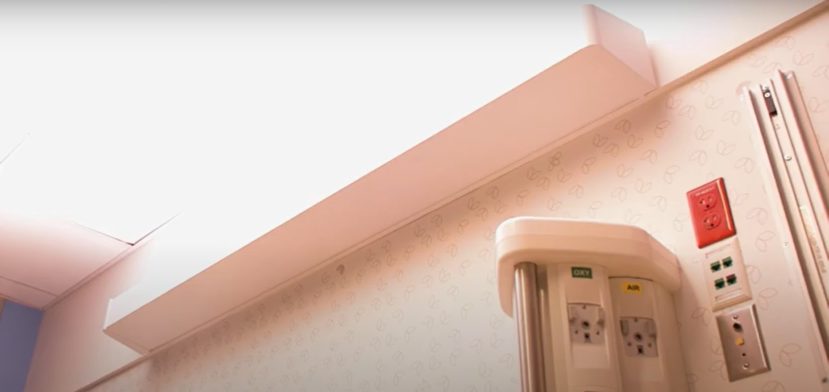
Continuing a legacy
Cincinnati Children’s has been a global leader in neonatal care for years. Neonatologists trained here and employed by Cincinnati Children’s function as a network embedded within more than a dozen hospital birthing centers in the Cincinnati region. Few other cities have such a large and unified system.
Jeffrey Whitsett, MD, also a co-director of the Perinatal Institute, made pioneering discoveries that led to artificial surfactant treatments that have saved a generation of preterm infants born with under-developed lungs. A new spinoff company called Airway Therapeutics is further developing surfactant technology to further reduce long-term lung problems for preterm infants.
Scientists at our Center for Inflammation and Tolerance also are breaking ground on how healthy immune system development depends on key interactions with gut bacteria. Many of its projects are directly related to improving outcomes for extremely preterm infants.
Meanwhile, the Fetal Care Center at Cincinnati Children’s is one of just a few worldwide staffed with surgeons who can operate on fetuses in the womb to treat spina bifida and other severe birth defects. Expectant mothers from across the United States and from many other nations travel here for fetal surgery that often includes a long stay under artificial lights for the newborn.

Researchers plan to explore how much the new NICU lighting system influences outcomes in these special cases, which suggests that the potential benefit of the spectral lights will be a long-term process to fully measure.
Beyond the NICU
Meanwhile, learnings from circadian medicine are influencing care throughout Cincinnati Children’s.
Last year, the medical center opened its Circadian Medicine Clinic, led by David Smith, MD, PhD, to help children of various ages manage severe sleep disruptions caused by several chronic diseases, and in certain cases, the medications used to treat them.
John Hogenesch, PhD, one of the nation’s leading experts in circadian medicine who helped launch the clinic, also worked with Lang and colleagues on the NICU lighting project. His recent studies suggest that the time of day that people receive their medications makes a major difference. This work has already begun to change processes within Cincinnati Children’s and eventually could lead to widescale adjustments in how doctors prescribe drugs to maximize effectiveness.
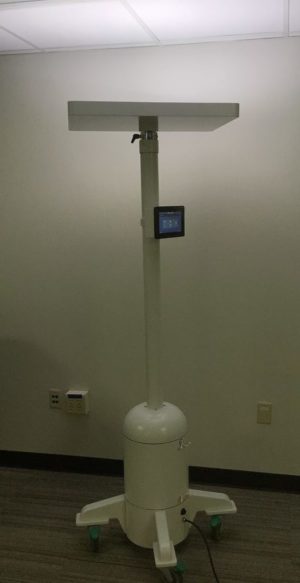
Greenberg notes that the new NICU lighting project is designed to support light-related research elsewhere in the medical center. That’s because the companies that built the room lighting fixtures also produced a portable version that can be wheeled around.
This device will help researchers pilot-test lighting “recipes” that may influence mood disorders among psychiatric residents, explore ways to reduce circadian disruptions among night shift employees, or other applications yet to be discovered.
“Observations will take time, but we expect this first-of-its-kind application of spectral lighting will positively impact NICU patients for years to come,” Greenberg says.
And who knows? What hospitals learn about helping newborns in the NICU may shed light on even wider-scale office and home applications of full-spectrum lighting.
“It may sound corny, but this could be a true ‘Eureka’ moment,” Lang says. “Scientists at Cincinnati Children’s, and likely many other institutions, will be studying ways to translate these findings into real-world applications.”
View coverage by WVXU
View this slideshow to learn more about the project
